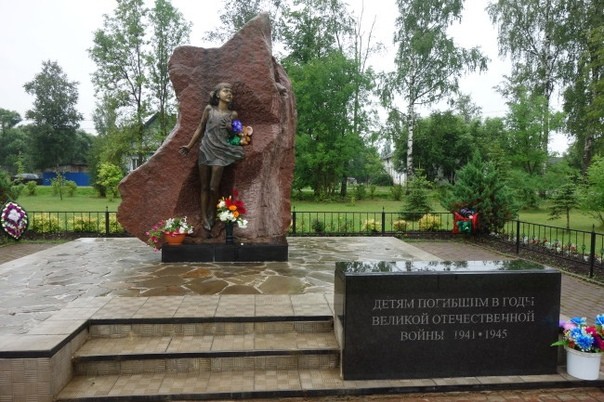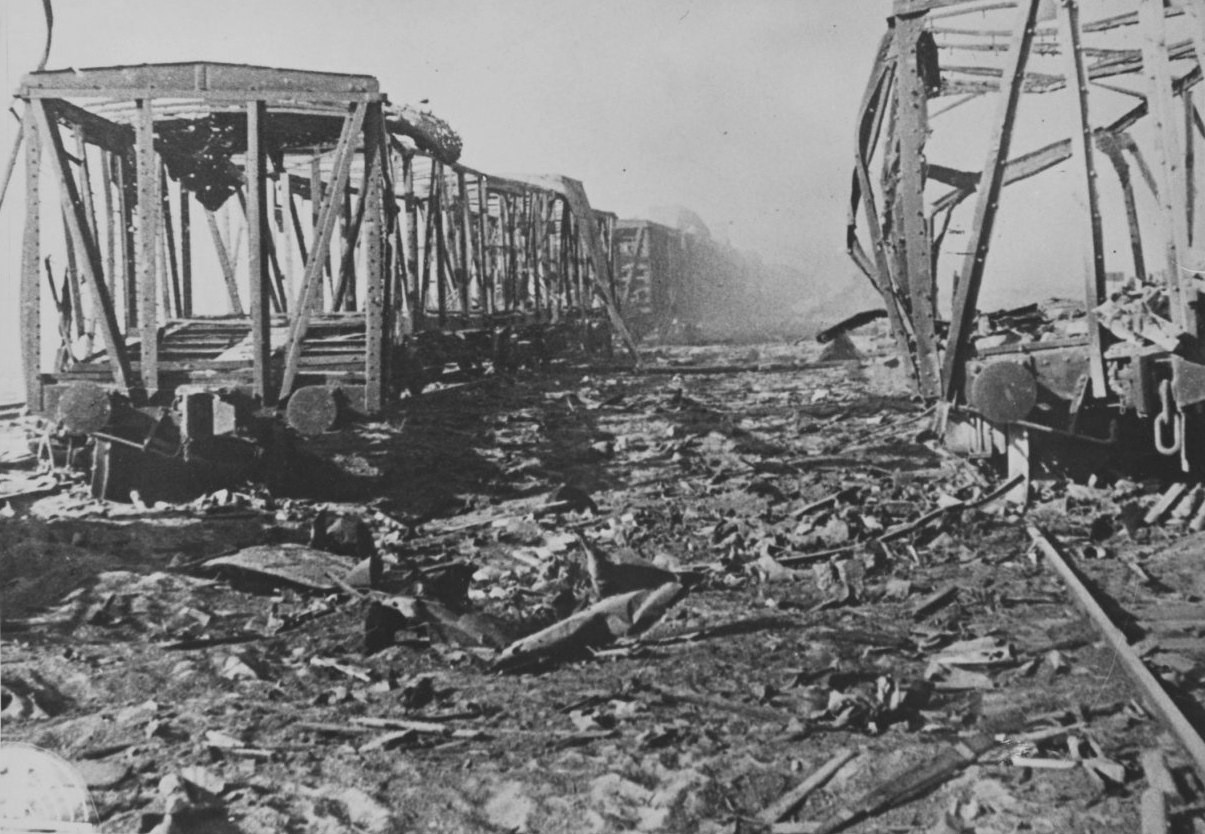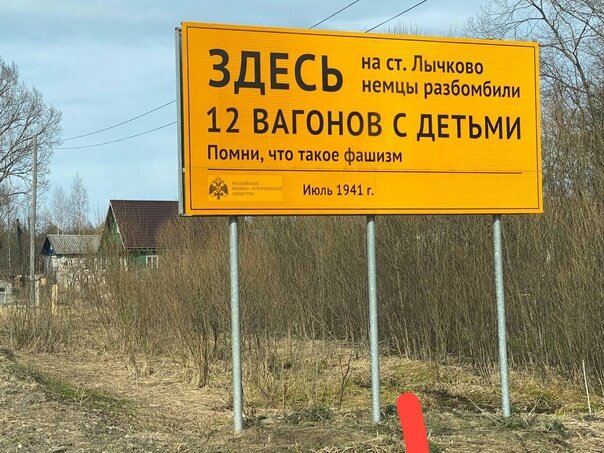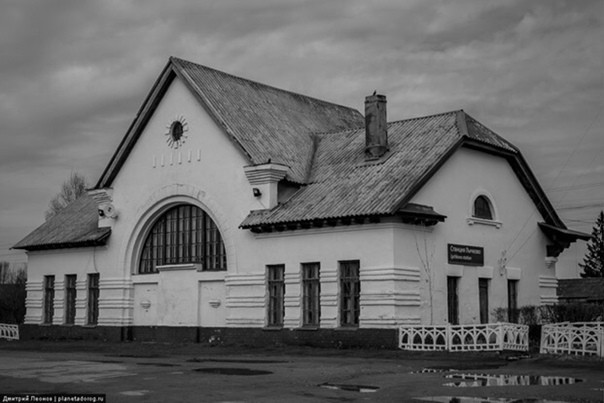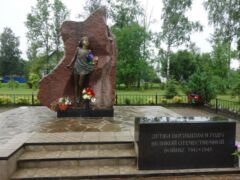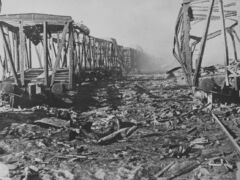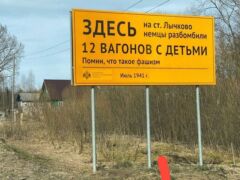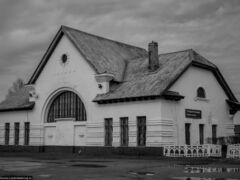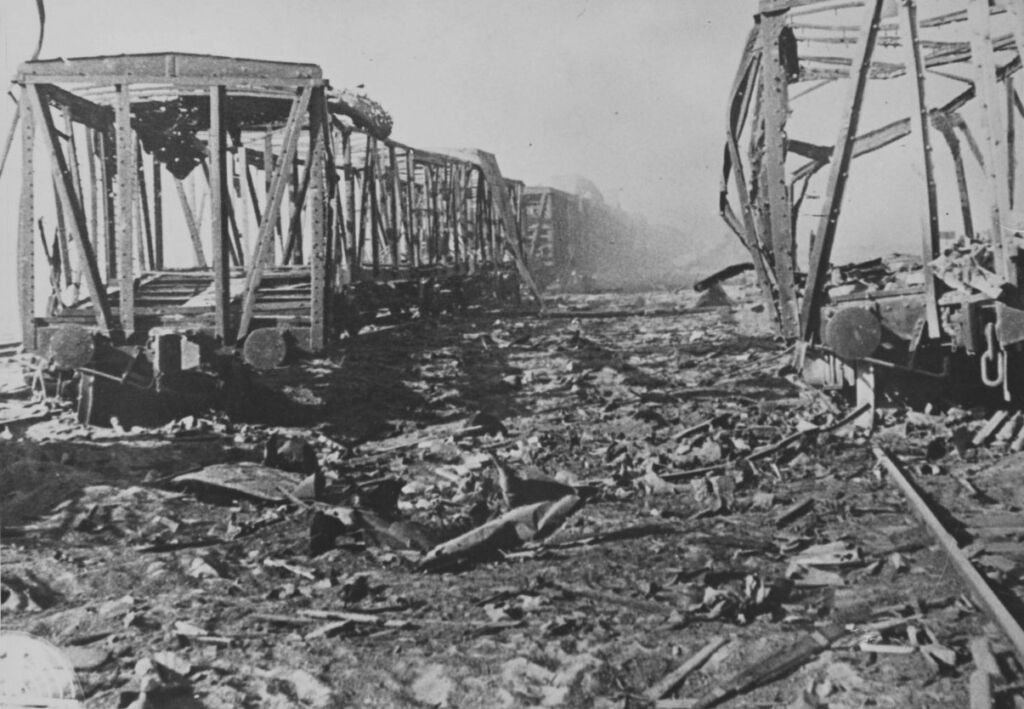бесплатно
Страна:
Регион:
Другие названия:
Значение:
Время визита:
Цена:
бесплатно
Почему Топ:
Трагедия на железной дороге с гибелью детей.
Описание:
The first wave of evacuation of Leningrad residents began on June 29, 1941. The leaders of the Soviet Union believed that the main danger to the city came from Finland, so many children were transported to the Novgorod region. There were traditional vacation spots, children’s camps and summer cottages. But it turned out that thousands of little Leningraders found themselves right next to the front line.
The mournful train with Leningrad children departed from the Northern Capital on July 4. They gathered boys and girls of both school and preschool age, put them in boxcars and 2 thousand kids left the city full of hope. On July 7, the train was already in Demyansk, moving slowly, stopping at every stop and letting military trains pass. As it went, the number of children increased. Many parents ran up to the carriages and asked the teachers: “Save my child.” They took everyone without exception, soon the train grew to 12 cars, inside were children, educators and medical workers.
On the evening of July 17, the train arrived at Lychkovo station. All night and morning, more and more children were brought from populated areas by buses and cars. In the afternoon of July 18, a hospital train with wounded soldiers arrived on a parallel track.
And then the madness began. Shells tore apart the boxcars, in which there were hundreds of children. After the shelling, a terrible picture opened up to the few survivors. Fragments of children’s bodies, severed arms and legs were lying around, hanging on telegraph wires, trees, bushes. The surviving soldiers began to collect the dead and wounded children.
Several dozen children were lucky enough to survive the shelling. They ran across the potato field and pressed themselves into the ground in horror. The approaching planes with black crosses flew low over the ashes and shot everyone who jumped up and ran in fear. In the hustle and bustle of the retreat, the number of the dead, their names and surnames were never determined. The remains were hastily collected and buried in a civilian cemetery in the village of Lychkovo. The adults accompanying the children also lie there.
A couple of days later, mothers, distraught with grief, began arriving at the station, trying to find their beloved children. But in vain, it was impossible to make out anything in that horror. The mothers went crazy, wandered around the area, blew themselves up in minefields.
Officially, practically nothing was said about the terrible incident. The newspapers only sparingly reported that a train with children in Lychkovo was subjected to an unexpected air strike. Two carriages were destroyed, 41 people were killed, including 28 Leningrad children. However, numerous eyewitnesses, local residents, and the children themselves saw a much more terrible picture. According to some estimates, more than 2,000 children died under fascist fire on that summer day of July 18.
Категории:
Тэги:
Темы:
Зачем посещать:
Интерес:
Физподготовка:
Лучшее время:
Доступ:
Roads:
Emergency:
112
Info:
Safety:
Safely
Clothing:
Seasonable
Connection:
Ok
- Pura Vida on the Road: the nuances of traveling Costa Rica
- Travel to Cambodia
- Normandy
- Lithuania
- Garden Route: живописная дорога вдоль океана
- Turtle facts
- 12 of the best places to visit in April in Europe: beaches, Easter, cities, and adventures
- Sri-Lanka
- Cod Wars
- Wrangel Island
- Mongolia
- Indians
- Everyone says i’m running away
- Greenland
- Win a four-night Greek getaway for two in one of the most stylish resorts in the Aegean courtesy of Sani Resort
- The World of Varans
- Egypt
- Germany
- 9 Reasons Why People Love to Travel to Other Countries
- Georgia

